Science of Reading Teaching Resources
Are you looking to bring the Science of Reading curriculum into your classroom or are you on the hunt for worksheets, activities, games, and more that align with science of reading lessons and strategies?
This Teach Starter Science of Reading collection was created by ELA teachers with a direct, explicit, cognitive, cumulative, and multi-sensory approach to reading education. Each resource has been created by a highly-qualified teacher, undergone rigorous fact-checking and spell-checking by our teacher team, and been given a full review to ensure the resource is curriculum-aligned and adheres to the research.
What Is the Science of Reading?
Maybe you're new to teaching the Science of Reading curriculum? We're glad you found us!
We know teachers follow a myriad of pedagogies, so we've put together a quick guide to help get you started on the who, what, where, why, and how!
The term “Science of Reading” sounds like it could be the name of a particular reading program or set of content standards, but in fact, the Science of Reading really is just what the name implies — it’s a body of scientific research surrounding how children best learn to read. A single study is not enough to determine the best way to go about educating millions of students, so instead, the key is for literacy education to be based on a convergence of evidence from tens of thousands of studies.
Phonics Focus
Science of Reading experts base their approach to literacy education on phonics, stressing that students need to learn the basic components of reading in order to be successful. That includes
- Phonological awareness
- Reading fluency
- Spelling Patterns
- Syllabication
But what really sets the science of reading apart from other approaches to teaching reading to young learners is its foundation in phonics and the understanding that children begin to read written words not just by seeing them, but through sounding them out.
The science of reading is built on a premise that in order to understand how to read words, students must first understand the sounds letters make individually and when combined with others. Only once they have a grasp on those component sounds will they then be able to read whole words by decoding them from their component phonemes and breaking them into familiar syllable parts.
Once students have mastered the art of breaking words into readable parts, they shift from the "learning to read" mode into the "reading to learn" mode. Once this shift happens, students become confident readers that are able to further comprehend and interpret texts with higher readability levels.
More Science of Reading
Looking for more resources for early literacy? Try these collections!
- Plus Plan
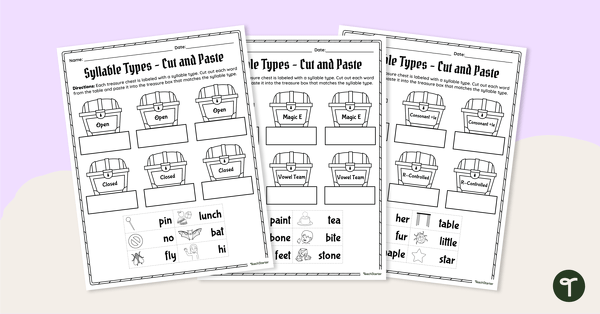
Syllable Types - Cut and Paste Worksheets
Identify and match words to the correct syllable types with this set of three treasure-themed worksheets.
- Plus Plan
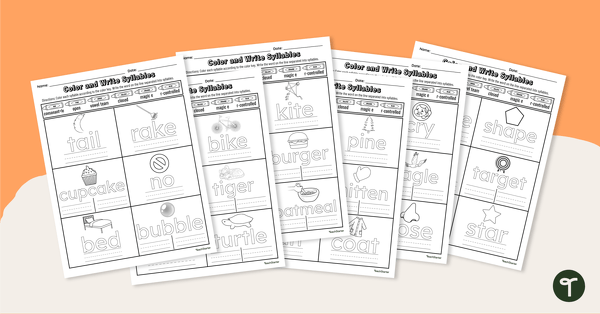
Identifying Syllable Types - Worksheets
Practice breaking words into syllables and identifying the corresponding syllable types with this set of six worksheets.
- Plus Plan
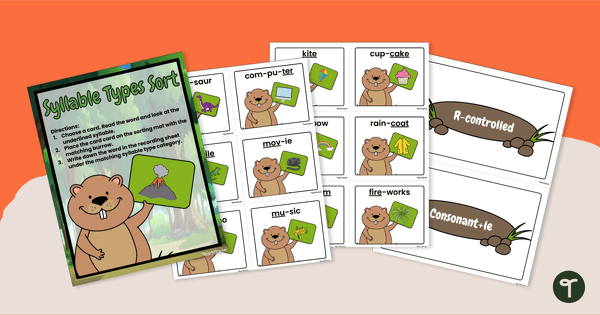
Groundhog Day Syllable Sort
Practice identifying and sorting syllable types in two- and three-syllable words with this Groundhog Day syllable sorting activity.
- Plus Plan
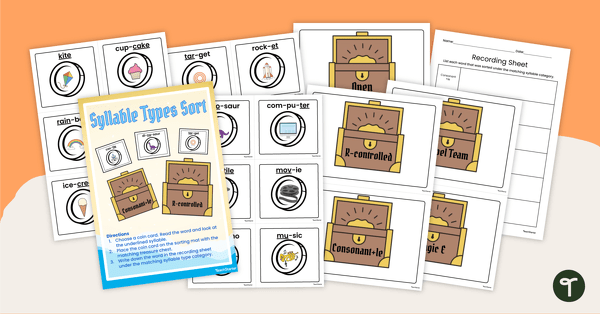
Syllable Examples Sorting Activity
Practice identifying and sorting syllable types in two- and three-syllable words with this treasure-themed sorting activity.
- Plus Plan
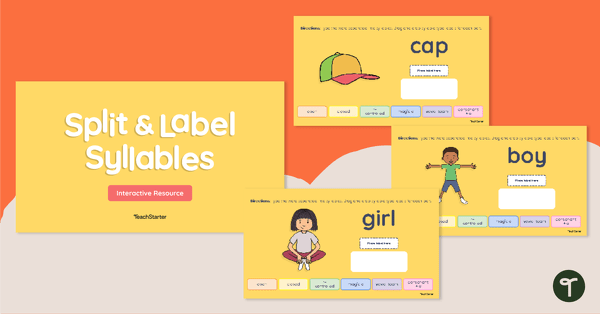
Dividing Syllables - Syllable Types Interactive Activity
Practice breaking words into syllables and labeling each syllable with its corresponding syllable type.
- Plus Plan
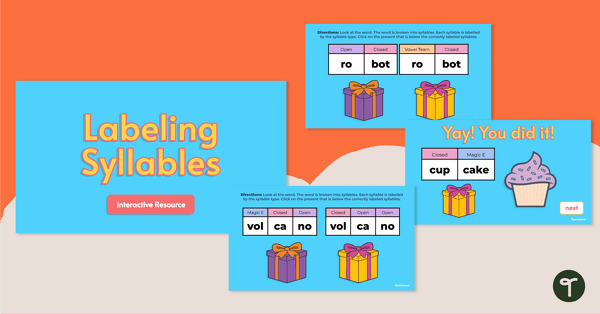
Decoding Multisyllabic Words - Syllable Type Interactive Activity
Practice identifying syllable types in two- and three-syllable words with this engaging interactive activity.
- Plus Plan
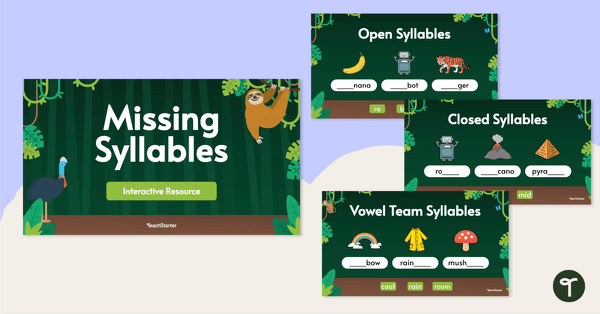
Missing Syllables in a Word - Interactive Activity
Identify the missing syllables in a word with this interactive drag-and-drop activity.
- Plus Plan
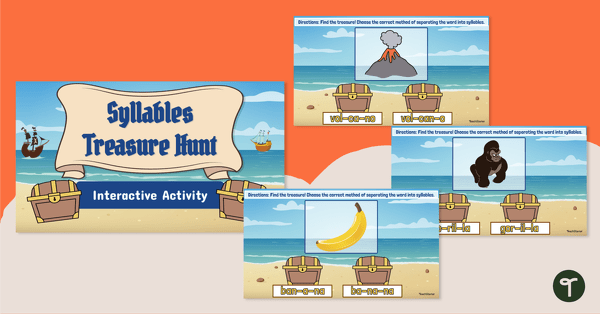
Syllables Treasure Hunt - Google Slides Phonics Games
Practice the correct method of breaking words into their syllables with this engaging interactive activity.
- Free Plan
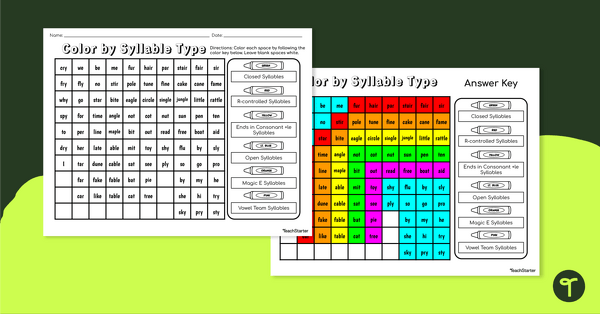
What is the Syllable Type? - Color By Syllables Worksheet
Practice identifying the six syllable types in common words with this color-coding activity.
- Plus Plan
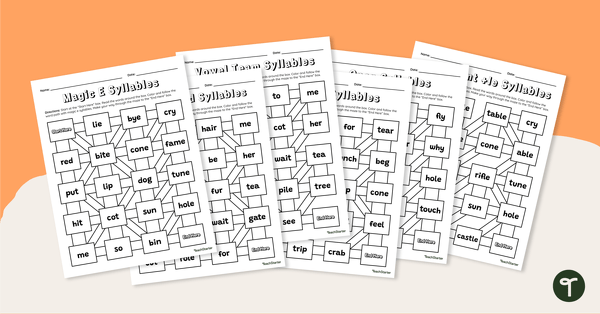
6 Syllable Types - Syllables Worksheet Pack
Strengthen your students’ understanding of the six types of syllables with this set of game-based worksheets.
- Plus Plan

Types of Syllables - Worksheet Pack
Identify and match words to the correct syllable types with this set of five worksheets.
- Plus Plan
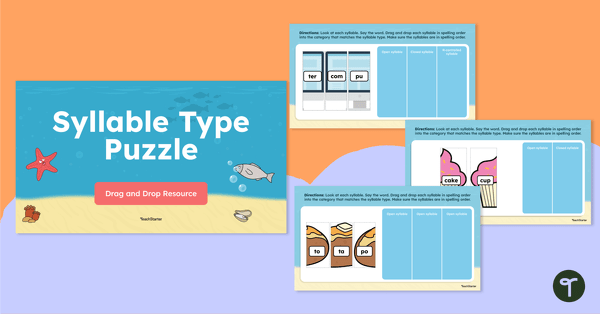
Syllable Types - Interactive Puzzle Activity
Learn about the six syllable types by solving word puzzles with this interactive drag-and-drop activity.
- Plus Plan
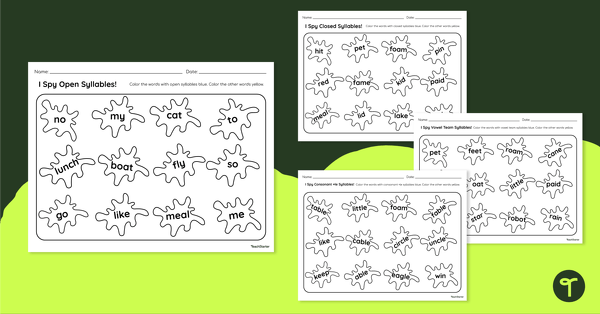
I Spy Syllable Types - Worksheets
Identify and color words according to their syllable types with this set of six multisyllable word worksheets.
- Plus Plan
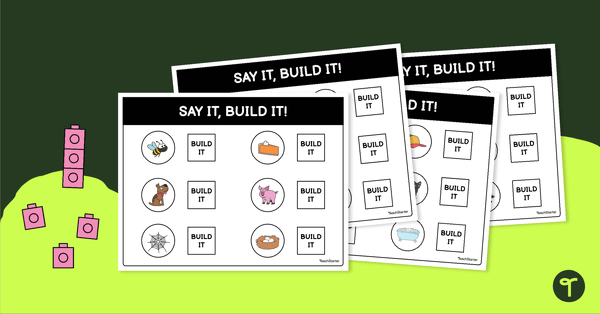
Phoneme Segmentation Work Mats - Build It!
Develop phonemic awareness using hands-on manipulatives with this set of ten phoneme segmentation work mats.
- Plus Plan
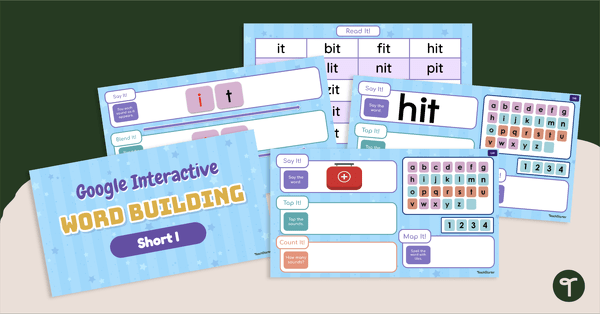
Learn to Read Short I - Daily Phonics for Kids
Teach your students to read short I words with a daily digital phonics instructional slide deck.
- Plus Plan
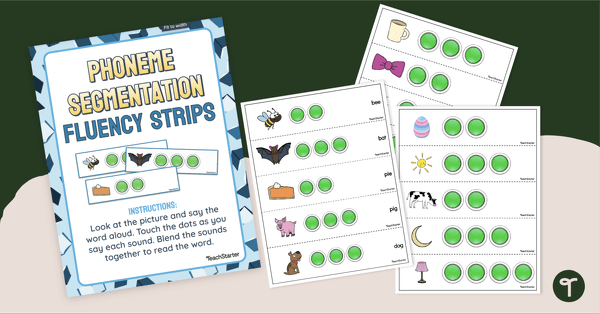
Phoneme Segmentation Fluency Strips
Develop students’ ability to segment and blend phonemes with this comprehensive set of phoneme segmentation fluency strips.
- Plus Plan
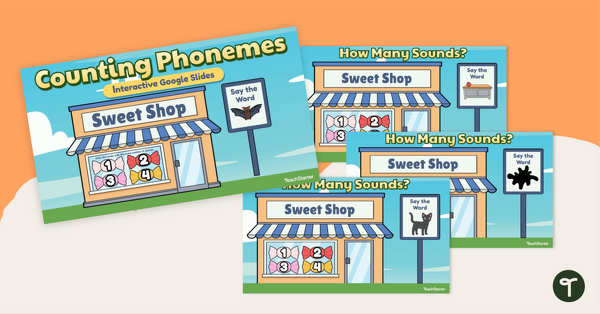
Counting Phonemes Interactive Activity
Help students segment 2-, 3- and 4-phoneme words into their distinct sounds with this engaging interactive resource.
- Plus Plan
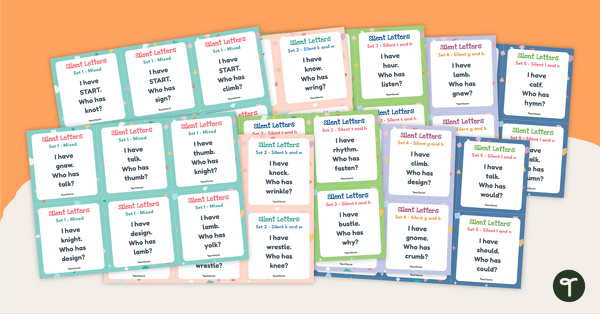
I Have, Who Has? Game - Silent Letters
Review silent letters in one- and two-syllable words with this whole-class literacy game.
- Plus Plan
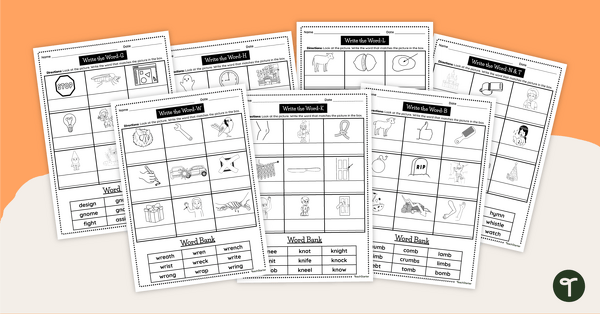
Silent Letters Worksheets - Word and Picture Match Up
Explore one and two-syllable words with silent letters with this set of 7 skill-targeted worksheets.
- Plus Plan
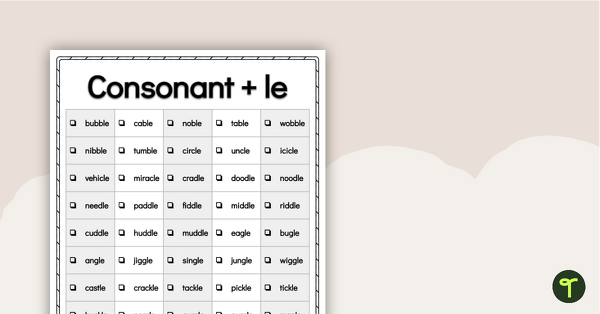
Word Study List — Final Stable Syllable
Introduce and explore multisyllable words with a list of final stable syllable words.
- Plus Plan
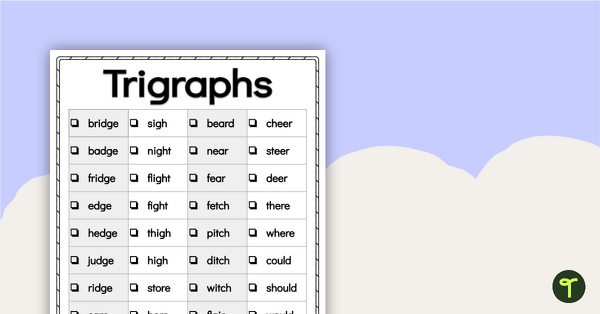
Word Study List - Trigraphs
Introduce and explore words with trigraphs using a list of 50 trigraph words.
- Plus Plan
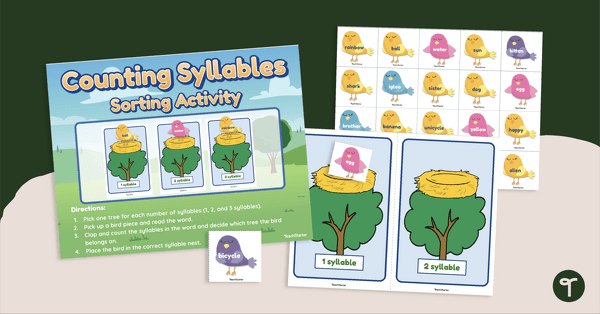
Spring Syllables - Syllable Sort
Save the baby birds by clapping and counting syllables in words with this Spring syllable sorting activity.
- Plus Plan

Beginning Sound Sort - Apple Edition
Fall into letter-sound correspondence with this apple-themed letter/sound match-up center activity.
- Plus Plan
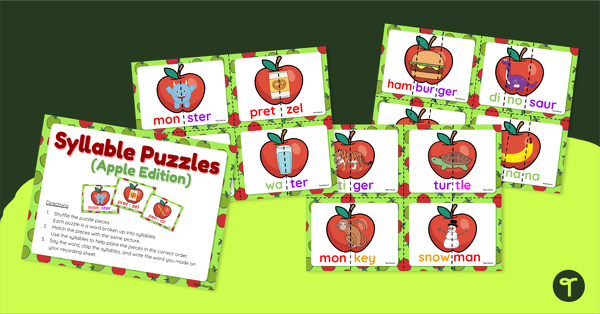
Syllable Puzzles - Apple-Themed Activity
Practice segmenting, blending, and identifying types of syllables in words with a set of apple themed puzzles.
- Science of Reading Games
- Science of Reading Interactive Activities
- Science of Reading Worksheets
- Science of Reading Sorting Activities
- Science of Reading Task Cards
- Science of Reading Posters
- Science of Reading Puzzles
- Science of Reading Bingo
- Science of Reading Mazes
- Science of Reading Color by Code
- Science of Reading Instructional Slide Decks
- Science of Reading Bulletin Board Displays
- Science of Reading Card Games
- Science of Reading Matchup Games
- Science of Reading Templates
- Science of Reading Bookmarks
- Science of Reading Labels Signs Decorations
- Science of Reading Flashcards
- Science of Reading for Pre-K
- Science of Reading for Kindergarten
- Science of Reading for 1st Grade
- Science of Reading for 2nd Grade
- Science of Reading for 3rd Grade
- Science of Reading for 4th Grade
- Science of Reading for 5th Grade
- Science of Reading for 6th Grade